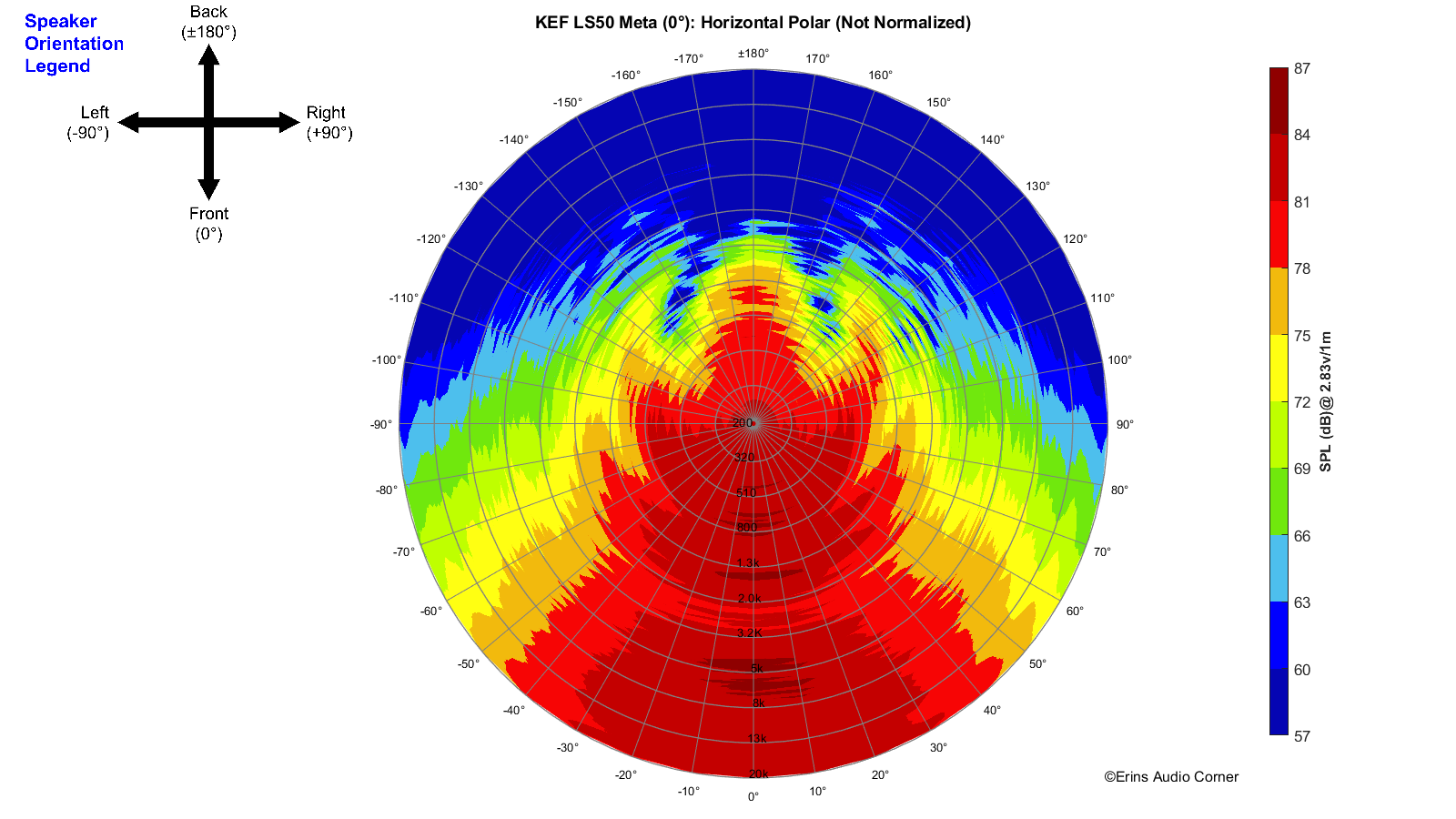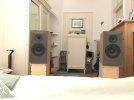BrokenEnglishGuy
Major Contributor
- Joined
- Jul 19, 2020
- Messages
- 2,110
- Likes
- 1,268
but a flat estimated in room response doesn't mean flat sounding in the room, just mean on axis is flat and the off axis depend highly of the sound power, put some EQ and that sound power will be change too!Hm, I must admit that the sound power of the Keef LS 50 Meta is very smooth.
But what i am mostly interested is the flat estimated in-room response.
And here the profit of a little bit of equalisation is low for the LS 50 Meta.
It rises from 5.88 to 6.55. It is perhaps because it is to good in the first place.
The Profit of a parametric equalizer for the Elac Debut 2.0 5.2 - a speaker which I bought
new for EUR 200,— / pair for test purposes is 4.23 to 6.6
At least for me the score with EQ is not an imaginary thing, because I can hear the difference at my listening position.
In case I was wrong with the explanation of equalizibility - what do you think is the reason,
why some speakers win just 0.5 points and other 2.0 points or more?
It's a well known behavior that the error it's like 2 points, spinorama is not something usefull for the in room response, you need KLIPPEL data not the score from spinorama, with like 5 measurements from Klippel data you can determinate the behavior of a speaker not the score from spinorama !!, these numbers from spinorama doesn't mean anything for what you are using the data, are just a numbers and aren't comparable for determinate coloration vs other speakers, just lack information and needs more data.
Speaking about the LS50M for example, that a small dip in 2-3khz, thats 1 or 2 filters and you get a very flat in room response, and even then you may want to look and the directivity for know how the speaker are going to spread the sound in the room.
You are using the data from spinorama incorrectly, for the purpose i see you want (?).

Last edited:
